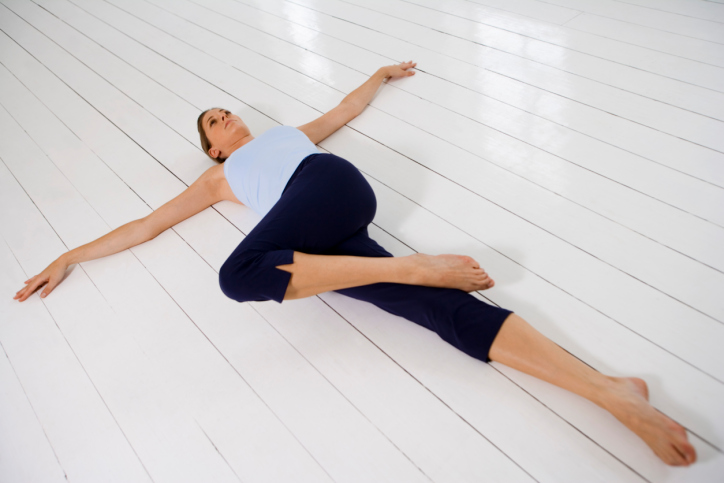
So many of us have problems with a little leaking of urine, faeces, or prolapse of the pelvic organs (incontinence). It’s so common that special pads and pants are available in the supermarket to help. Wouldn’t it be nice if you could regain control of the pelvic floor muscles by yourself?
What is Continence?
It’s the ability to urinate and use your bowels in the appropriate place and at the appropriate time.
Did you know that 40% of women and some men over the age of 65 years and some younger women, especially after childbirth, suffer from incontinence? 60% of all people in nursing homes are there, not just because of decreased mental faculties or because they have lost the ability to move around easily, but because they have become incontinent. (P. Chiarelli, Womens’ Waterworks book)
Stress incontinence occurs when the pelvic floor muscles fail to prevent urine leaking when coughing, jumping, running etc.
Urge incontinence means when you want to go, you HAVE to go immediately (key in the door syndrome!)
Prolapse of all or any of the pelvic organs means the muscles are so weak that the uterus, bowel or bladder protrude down into the vagina.
Another problem is frequency. How many of you go to the toilet, just in case (our mothers trained us well!) Four to six times a day is normal and maybe once at night. Any more than this and you have a problem! You can gradually train yourself to wait a little longer between visits so that your bladder learns to hold more.
The good news is that these problems can be solved by learning to develop a deep awareness of the pelvic floor muscles and their functions and being able to strengthen them, just as you do with other muscles.
The Feldenkrais Method® does this very well. You can learn to regain control by yourself. The exercises are very delicate (most people try too hard and bring in accessory muscles) and finely differentiates the 3 holes in the pelvic floor, the 2 halves, and the quadrants so that you really can feel what you are doing. The movement lessons tie in with posture and breathing, and are an excellent way for you to regain control of these muscles. You learn to do them in all the positions you use in daily life.
Exercises should always be tried before surgery is considered and usually make surgery unnecessary.
|
Do you have a natural health & wellness business? |









